A small-scale or large-scale fishing operation can be established even in the absence of a hatchery, pond, or reservoir! Even though it looks like a sophisticated technique, it's a very simple and enjoyable way to fish in the wild! If they so want, those who are interested in starting a fish farming business, regardless of size, without a pond may certainly turn a healthy profit from their endeavor.
76 reservoirs negligence, TK100 of millions squandered in Pirojpur
Fishkeeping has little risk or difficulty other than maintenance. Building fences, irrigation systems, and reservoirs doesn't cost more. Golam Azam, a Canadian residents, has been utilising the floating cage method to cultivate different kinds of fish in the river of Chalitabunia village of the same upazila in Pirojpur for ten years.
Golam Azam is the proprietor of the Sonar Bangla Hatchery in Hogalpati village of Bamna upazila of the southern region.
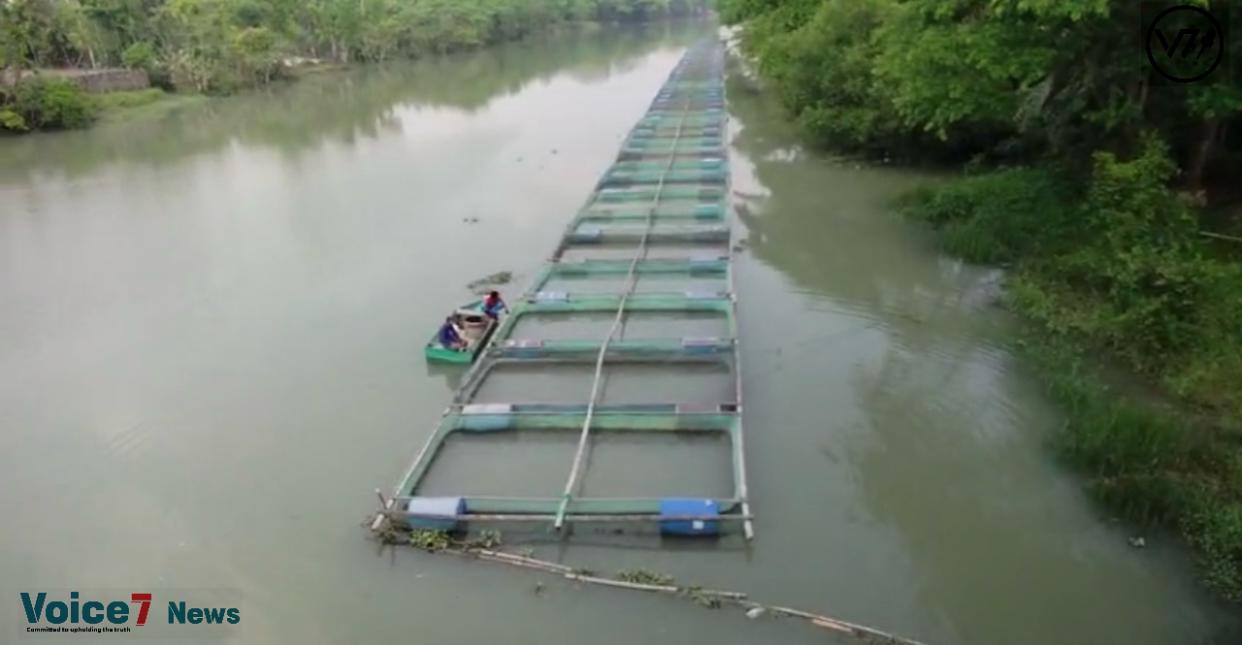
It is well known that he has profited greatly from this fish farming endeavor. Twenty feet wide by six feet deep plus ten feet in circumference equals 120 square feet. light framework composed of iron rods Large plastic drums are used to support a five-layer, rectangular cage composed of three layers of plastic net that is maintained floating in water. Each cage costs fifteen thousand rupees.
Environmental law violations & environmental disasters in Pirojpur
Fish may be raised by floating in the river channel by installing several of these cages. A cage that is floating with the tide floats at the same pace.
Upon achieving 1000 tilapia fish at 50 grammes in a 120 square foot cage at 100/150 grammes in weight, and 600 fish per cage, two-thirds of the fish are sold at 1 kg.
"Three caretakers have been farming tilapia fish in cages for about 10 years with a monthly salary of Tk 50,000," stated Md. Nazrul Islam, manager of the tilapia fish farming project in Sonar Bangla Hatchery's Chalitabunia cage. There is a lot of demand.
At the moment, 70 cages are housing roughly 35,000 fish. Net profit is one-third of total costs. However, it presently costs 58,000 taka to purchase one tonne of fish food.
Traditional "Wasabi" farming uses of spring water in Central Japan
which exceeds the fish growers' purchasing power. The fish producers will be motivated to raise fish using this technique if they receive government help." Even after many phone calls, Golam Azam, the proprietor of Sonar Bangla Hatchery, could not be located.
Over the phone, voice7 News was informed by Bamana Upazila Fisheries Officer Md. Golam Mostafa that "fish farming in the river is a great initiative if it's done easily and hassle-free." Support from the government would encourage individuals to fish in cages."
End//voice7news
A global news agency.



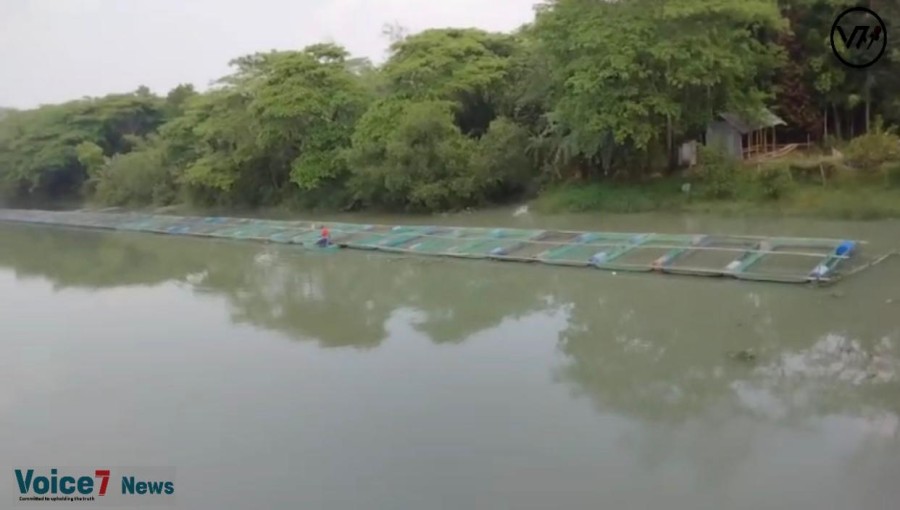







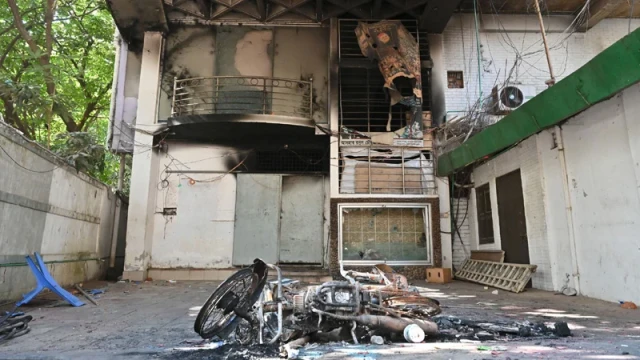






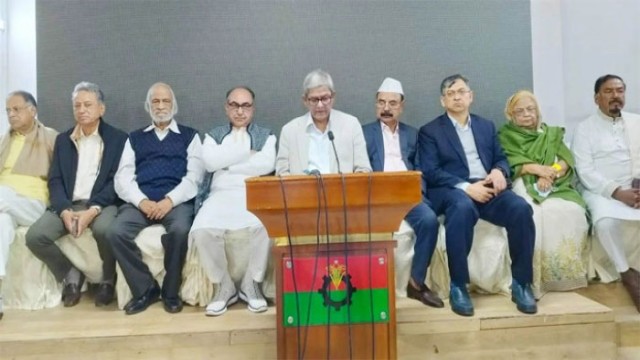





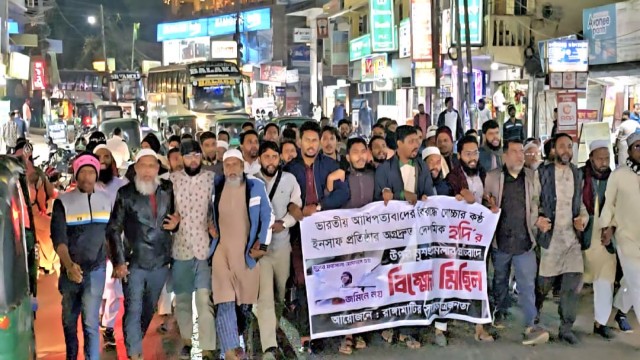




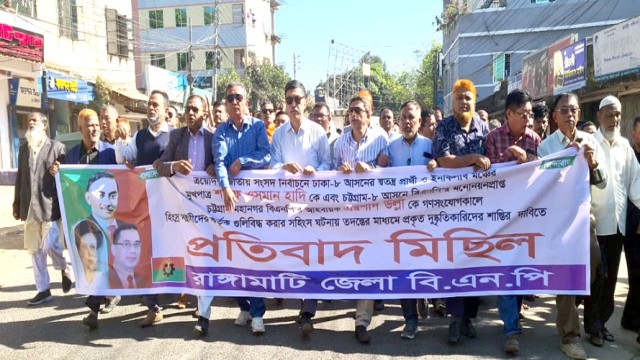
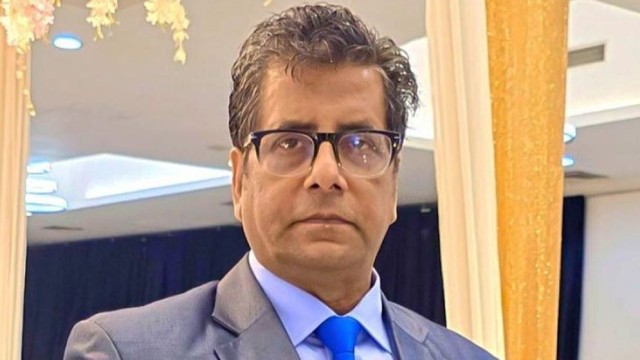
Comment: